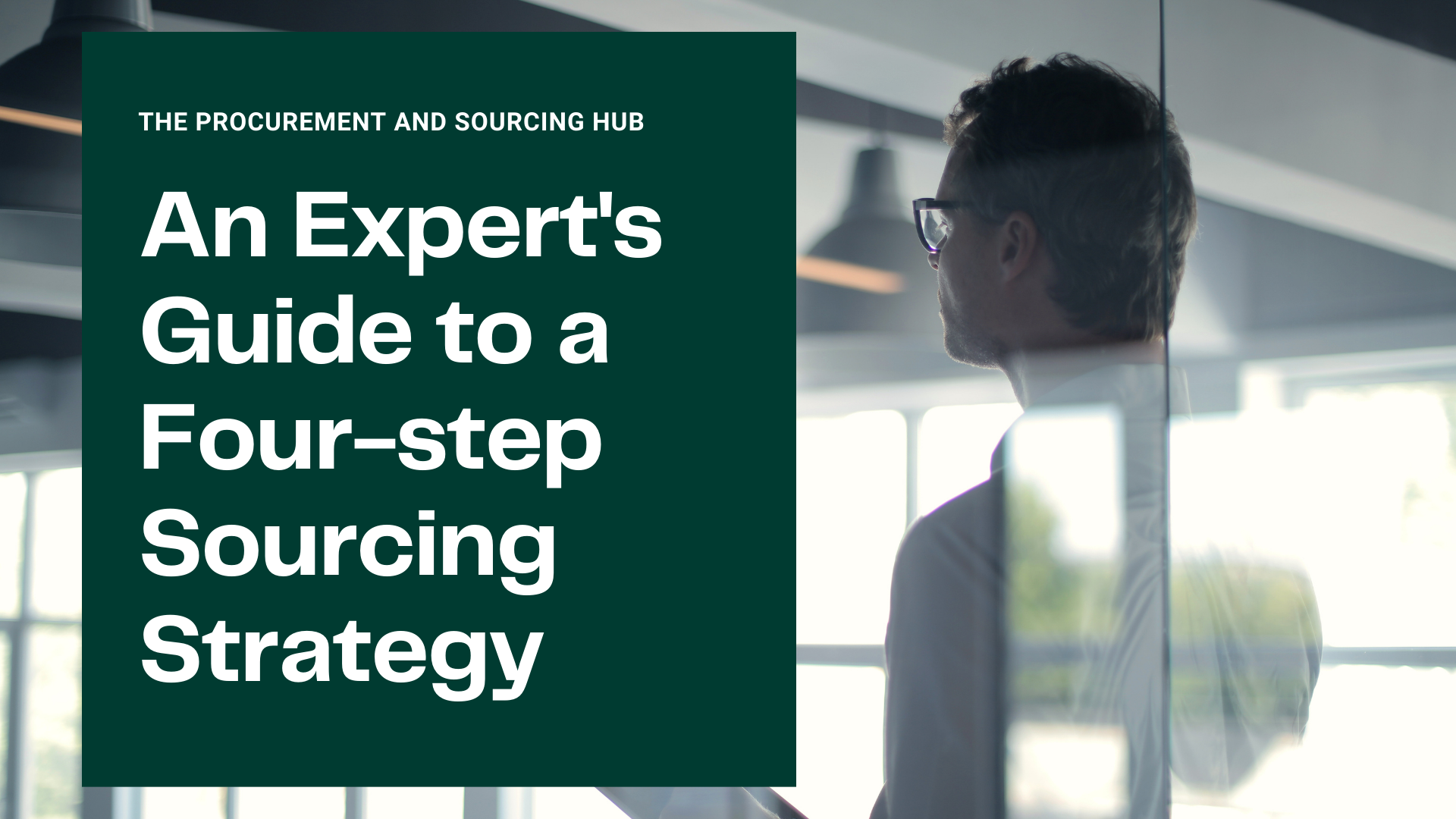A flexible supplier base is a paramount requirement of every procurement organization. The chief procurement officer is assigned to select a robust supplier base that works efficiently and serves superior-quality products effectively to the organization. Now, the selection, evaluation, and appointment of an indispensable supplier base need to be done by the procurement agents post the formation of a productive supplier selection strategy. This is indeed a vital function for any CPO for the smooth and quality acquisition of the required products and services. The selection process is a vital task that requires incredible skill. So, what is the worthwhile strategy a CPO will lookout when embarking on a sourcing process? Read on to know it.
Step-1: Understanding your spend category thoroughly
Being prepared about the spend category management procedure you are considering is vital when framing a procurement strategy by the procurement agents. Preparedness plays a crucial role in procurement. Therefore, you need to do your homework to become an expert in the category management task. This is very similar to the background research you carry out when planning to travel to a foreign country. You try to familiarize yourself with the places beforehand. You do the same when setting on the road to manage your spend category- you familiarize yourself with the management procedures.
Step-2: Appraise the supplier marketplace
Once you have managed to understand the spend category thoroughly and you have gained a keen knowledge about the procedures, it is time to assess the supplier marketplace. Here, you work dutifully to evaluate the supplier market, which works by reciprocating a great knowledge about who your key suppliers can be. The supplier appraisal helps sourcing agents understand the category players, their respective dynamics, the underdogs, the best practices, and the marketplace trends. You are also advised to keep a brief understanding of the should-cost report on a general note.
Step-3: Develop your supplier poll
Developing a supplier poll will require you to prepare a survey of all vendors, challengers, and incumbents alike. The purpose of this survey will be to unearth if the supplier base will be capable enough to meet the market capacity and capability demands. This also serves as an efficient litmus test to assess your project’s viability before making any financial commitment.
Step-4: Implementation and performance measurement
The supplier selection process is followed by a performance analysis program, which is the basis of this step. This program will include a series of activities performed by the sourcing agents, including the formation of the implementation team, implementation strategy, and implementation schedule. The results will be then published. The agreements on logistics and shared resources are developed. Expected results with selected suppliers and with the internal team are documented, followed by conduction of the measured results. The results are reported periodically.
Preparing the sourcing strategy comes next. This is where you fully flesh out a plan. This is the final step where the performance of the supplier is monitored and they are put to work. The collaborative working relationship of the selected suppliers is evaluated as well as their effectiveness.

Comments
Post a Comment